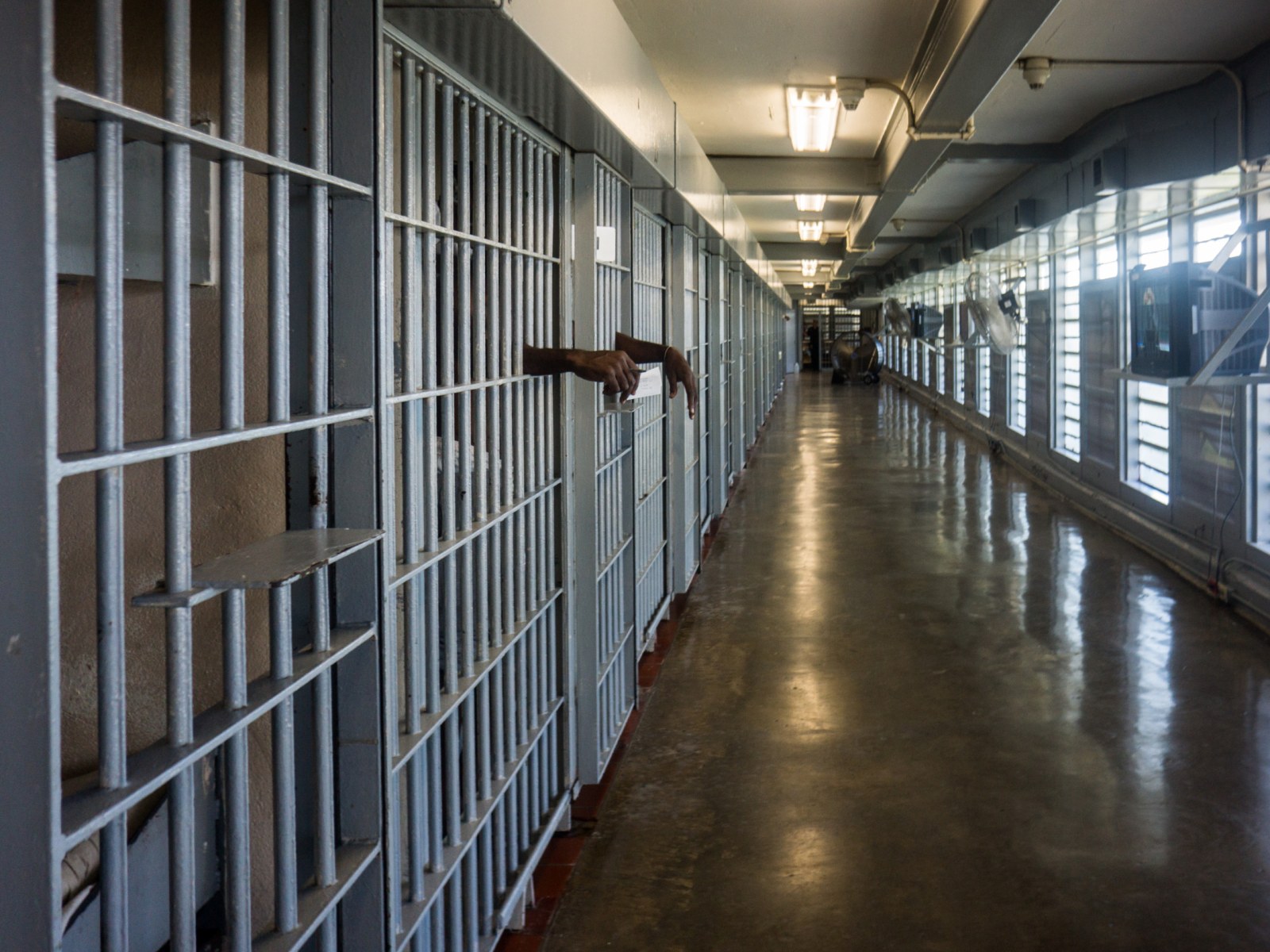News
South Africa’s Prison Crisis: Why Laws to Ease Overcrowding Are Failing

An urgent legal lifeline that’s barely working, and the numbers show it
South Africa’s prisons are bursting at the seams. The laws designed to ease this pressure are barely making a dent. Despite legislation introduced to reduce overcrowding, a parliamentary committee has confirmed what many on the ground have long suspected: the system simply is not working.
At the heart of the crisis lie two key legal instruments: Section 49G of the Correctional Services Act and Section 62F of the Criminal Procedure Act. Both were designed with a clear aim: to reduce the number of people held in South African cells without convictions, sometimes for years.
But the real-world results are shocking.
Two years behind bars without trial
Section 49G was intended to protect remand detainees, people who have not yet been tried or convicted, from indefinite imprisonment. It sets a firm limit: no more than two years in detention without court intervention. Heads of remand centres must alert the courts three months before this limit is reached to allow sufficient time for a legal decision.
This sounds reasonable on paper. However, in practice, implementation is almost nonexistent.
In the 2022/23 financial year, only 1.25 percent of over 12,000 court referrals nationally led to a detainee’s release under Section 49G. In the Eastern and Western Cape, the success rate was zero.
Moving to the 2024/25 financial year, there is little improvement. The Eastern Cape recorded just two successful referrals, two out of over one hundred.
Bail under watch: another ineffective option
Section 62F complements Section 49G by allowing awaiting-trial detainees to be placed under the supervision of correctional officials as a form of monitored bail. This is meant as a middle ground between release and full incarceration. Yet, once again, poor implementation prevents it from easing pressure.
These laws have the potential to relieve South Africa’s overpopulated prisons. Instead, they remain largely inactive, failing to move beyond paper.
Lifers and long sentences clogging the system
Another part of the problem is that a large segment of the prison population is serving very long sentences.
According to the Portfolio Committee on Correctional Services, about 40 percent of sentenced inmates serve terms exceeding 15 years. This group includes many “lifers” convicted of serious crimes such as murder and rape. Long-term incarceration means beds rarely become available, pushing the system into a state of permanent crisis.
As Committee Chairperson Kgomotso Anthea Ramolobeng pointed out, the outlook is grim: “Bed spaces will not become readily available,” especially while laws designed to speed up case flow remain ineffective.
A system too slow for justice
Why are these laws failing? There is no single answer. Slow-moving courts, under-resourced facilities, and poor follow-through from correctional centres all contribute.
This is not a mere bureaucratic problem. Every day an innocent person is held in remand without trial is a failure of justice. Every inmate eligible for monitored bail who remains confined puts additional strain on an already crumbling prison infrastructure.
The human cost of paperwork and delay
In townships and rural areas, families wait, sometimes for years, while loved ones remain behind bars without facing trial. Public frustration grows on social media. One X (formerly Twitter) user posted, “We say innocent until proven guilty, but our jails are full of people still waiting for trial.” This sentiment reflects a widespread reality.
Critics argue that failure to implement these laws also exacerbates a cycle of hopelessness and violence inside prisons. Overcrowding breeds tension, shortages of basic resources, and an increased risk of abuse.
There is no quick fix, but one thing is clear: South Africa’s current prison laws need more than fine print. They demand decisive action. With parliamentary committee members now openly acknowledging the gap between policy and practice, pressure may finally mount on the Department of Correctional Services to enforce the laws already on the books.
Until then, the crisis deepens, one overcrowded cell at a time.
Also read: The ‘Mother of All Strikes’: South African E-Hailing Drivers Demand Change
Follow Joburg ETC on Facebook, Twitter, TikTok and Instagram
For more News in Johannesburg, visit joburgetc.com
Source: The South African
Featured Image: Newsweek

























